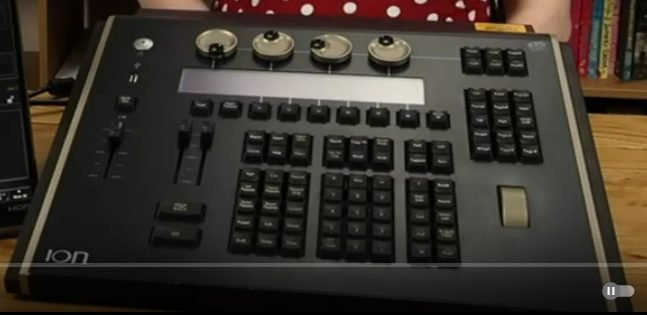Hey all.
I am currently stuck in lockdown, and looking at building this project: https://github.com/amyworrall/eos-playground
Video with extra information: https://www.youtube.com/watch?v=2jeyQjmPyMM
Inside this folder: https://github.com/amyworrall/eos-p...encoders-follow-eos/Teensyduino modifications, look for sections with the term "eos" to find what
was changed - also further information can be found in the video.
This project is based on using a Teensy 3.6, however I only have some Teensy 4.1s immediately to hand.
From what I have found, looking through the Teensy source code, the USB code for the Teensy 4.x series
appears to not be as complete as the code for the T3.6s.
I am wondering how easy it would be to port this code to use a T4.1 instead of a T3.6, to decide whether or not to
potentially just purchase a T3.6 to get it going.
Many thanks in advance for any help anyone may be able to provide.
I am currently stuck in lockdown, and looking at building this project: https://github.com/amyworrall/eos-playground
Video with extra information: https://www.youtube.com/watch?v=2jeyQjmPyMM
Inside this folder: https://github.com/amyworrall/eos-p...encoders-follow-eos/Teensyduino modifications, look for sections with the term "eos" to find what
was changed - also further information can be found in the video.
This project is based on using a Teensy 3.6, however I only have some Teensy 4.1s immediately to hand.
From what I have found, looking through the Teensy source code, the USB code for the Teensy 4.x series
appears to not be as complete as the code for the T3.6s.
I am wondering how easy it would be to port this code to use a T4.1 instead of a T3.6, to decide whether or not to
potentially just purchase a T3.6 to get it going.
Many thanks in advance for any help anyone may be able to provide.


